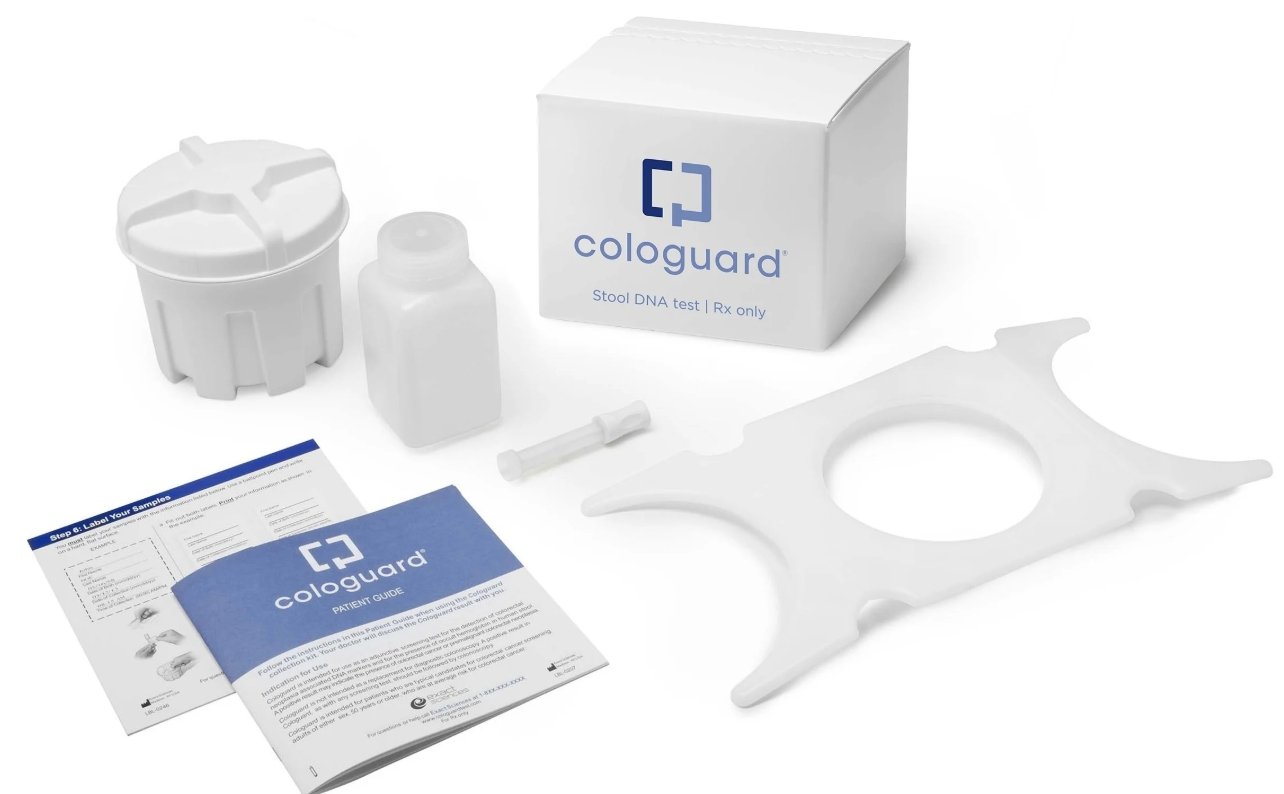
The 16th Obstetrics and Gynaecology Conference took place on 30 January under the theme ‘From evidence to practice: Transforming obstetrics and gynaecology care through clinical case integration’.
The two-day event equips health professionals from around the Middle East with the latest insights on various topics including Hormone Replacement Therapy, adolescent gynaecological issues and pregnancy loss and showcases the latest innovations that are transforming women’s health.
HPV Vaccines and their role in preventing gynaecologic cancers are in focus at the Obstetrics and Gynaecology Conference, which is currently taking place at Arab Health 2024.
HPV Vaccines and their role in preventing gynaecologic cancers
According to a study by Global Cancer Statistics conducted in 2020, cervical cancer numbers are increasing worldwide, and it is now the fourth most common cancer in women. That same year, cervical cancer accounted for an estimated 604,000 new cancer cases worldwide and 342,000 deaths, and the study showed that 84% of cervical cancer cases were from regions where no screening programmes were available. Alarmingly, women in resource-limited countries are most likely to be affected, with cervical cancer being the second most common cancer and the third most common cause of cancer mortality in these regions.
The Human Papillomavirus (HPV) is a sexually transmitted disease that is responsible for the majority of cervical cancers. The virus causes cervical neoplasia, which is classified into three stages; CIN1, CIN2, and CIN3. HPV is detected in 99.7% of cervical cancers, and it can take over ten years for cervical cancer to develop after contracting HPV.
The HPV vaccine was introduced in 2007. There a three types of HPV vaccine that are currently available – the HPV Quadrivalent vaccine (Gardasil) which targets HPV types 6, 11, 16 and 18; HPV 9-valent (Gardasil 9) which targets HPV 31, 33, 45, 52 and 58 in addition to HPV 6, 11, 16 and 18 and HPV bivalent (Cervarix) which has been created to prevent HPV 16 and 18.
Demonstrating the significant impact of the HPV Quadrivalent vaccine, two large randomised, double-blind trials found that the vaccine prevented CIN2 by 97-100% among HPV naïve populations. According to experts, if vaccine rates of 70% are achieved internationally, there would be an estimated decrease of over 300,000 new cases of cervical cancer annually and over 178,000 cervical cancer-related deaths.
In 2016, the World Health Organisation (WHO) Strategic Advisory Group of Experts on Immunisation recommended that all girls should be vaccinated to prevent cervical cancer later in life. The WHO believes that to end cervical cancer, nine out of ten girls around the world should be vaccinated.
Promoting successful HPV vaccination programs worldwide, especialy in Asia and MENA:
Dr Stephanie Ricci, MD, from Cleveland Clinic Abu Dhabi’s Gynaecology and Oncology departments, shared insights from successful HPV vaccination programs worldwide and highlighted the importance of adopting a similar approach in the MENA region.
“Thankfully, we have a vaccination for HPV, and there are successful national HPV programmes around the world that are almost a decade into their existence. The data from this is very interesting and compelling when it comes to gynaecologic cancer prevention,” said Dr Stephanie Ricci, MD, Staff Physician in gynaecology and oncology at Cleveland Clinic Abu Dhabi.
“Australia has probably the most robust vaccination of any country in the world, and they’ve also had the most success. From 2007, Australia implemented school-based routine vaccination for 12-13-year-old girls, they then also did a catchup programme for 14-26-year-old females.
In 2013, Australia started vaccinating 12-13-year-old boys routinely in schools and rolled out a catchup programme for boys aged 14-15 years old. Australia, unlike many other countries that have employed HPV vaccination programmes, is actually going to eliminate cervical cancer” said Dr Ricci.
Amid rising HPV vaccination rates, Australia is on track to eliminate cervical cancer by 2035. Five to eight years after the HPV vaccination was introduced to the country, the Australian Institute of Health and Welfare reported a 92% reduction in the HPV infection rate and a 47% decline in CIN2 and 3. There was also a significant reduction in excisional procedures.




